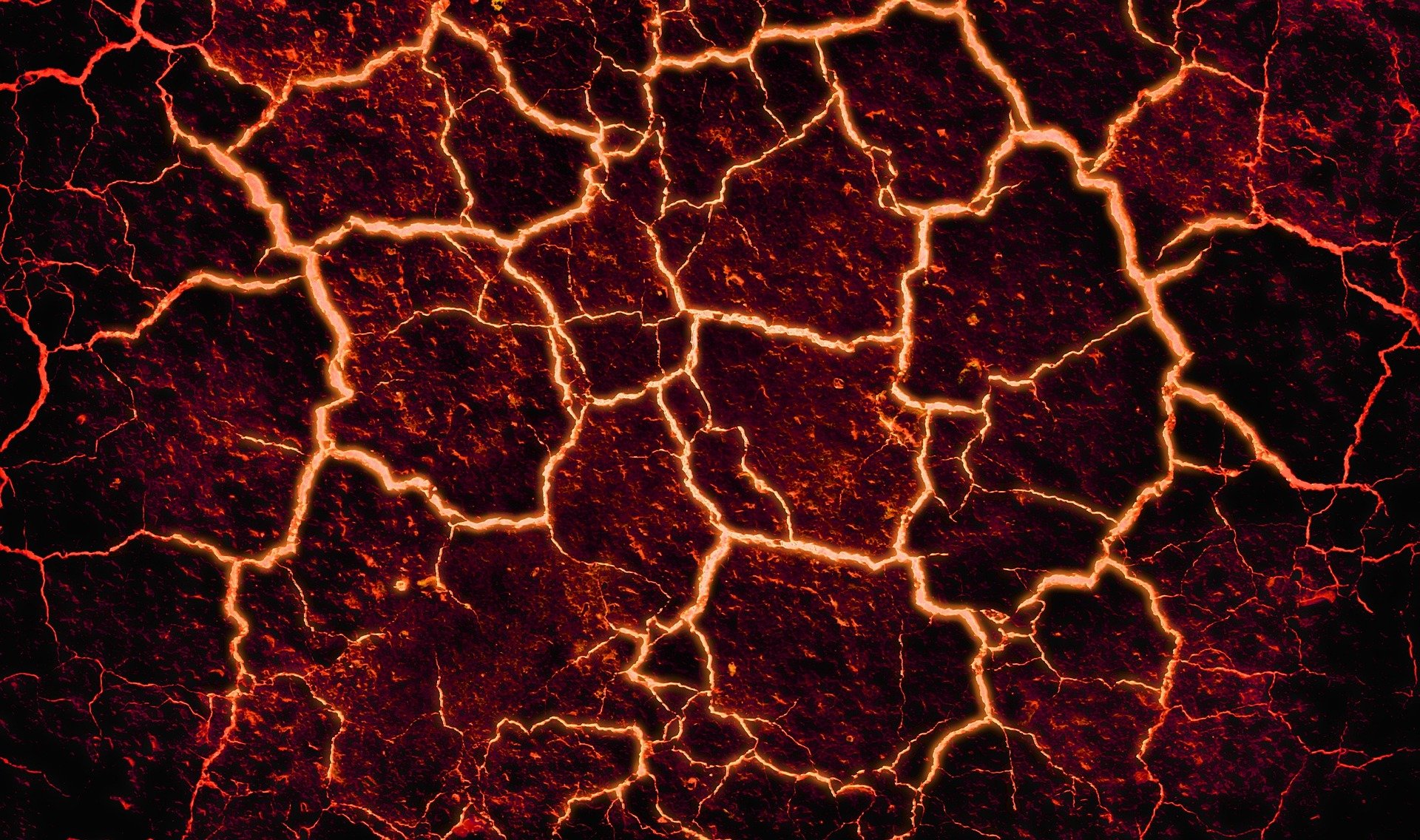Researchers at York have helped discover new details about exoplanet “K2-141b,” an extraordinary form of “lava planet” with extreme atmospheric conditions. The researchers are part of an international team of scientists, who used computer simulations to make these new findings. The details were published on November 3 in a new study published in Monthly Notices of the Royal Astronomical Society.
“K2-141b belongs to a rare class of exoplanets called lava planets, in which K2-141b has the most distinct orbit,” says lead author Tue Giang Nguyen, who is a PhD student at York’s Centre for Research in Earth and Space Sciences.
Lava planets like K2-141b orbit so close to their star that parts of their surfaces are oceans of molten lava. Close proximity to the star makes the temperatures on planets like these so blisteringly hot that they can maintain these oceans. K2-121b’s own vast lava ocean is 100 kilometres deep.
“All rocky planets, including Earth, started off as molten worlds but then rapidly cooled and solidified,” stated Nicolas Cowan, a professor at McGill University’s Department of Earth and Planetary Sciences. “Lava planets give us a rare glimpse at this stage of planetary evolution.”
Nguyen’s team worked with other researchers from McGill University and the Indian Institute of Science Education to discover what differentiates K2-141b even from other lava planets.
The planet’s extreme weather conditions also include searing, supersonic winds that reach speeds of over 5,000 kilometres per hour, meaning that even if anyone could make the trip 202 light-years away, it’s unlikely they would be staying to visit.
The study is the first to ever make predictions about K2-121b’s weather conditions. According to Nguyen, the planet’s unique positioning made it both rare and ideal for this research.
“The atmosphere of these lava planets is made up of vapourized rocks where the winds reach supersonic speed,” Nguyen says. “However, K2-141b uniquely orbits in a way that makes it easy to observe the atmosphere, making it the best target to date to detect a terrestrial atmosphere.”
“The atmosphere of these lava planets is made up of vapourized rocks where the winds reach supersonic speed. However, K2-141b uniquely orbits in a way that makes it easy to observe the atmosphere, making it the best target to date to detect a terrestrial atmosphere.”
By studying the exoplanet’s illumination patterns, the researchers found another way it differs significantly from planets in our own solar system. K2-141b is gravitationally locked, meaning that it never rotates. About two-thirds of its surface experiences perpetual daylight, so close to its star that it is estimated to reach temperatures of 3,000 degrees. Meanwhile, the darkened side reaches the opposite extreme, with incredibly cold temperatures of negative 200 degrees.
The study delved into the exoplanet’s atmosphere and weather cycle, and discovered rare conditions that make K2-141b unique, and bizarre. Its surface, ocean, and atmosphere are all composed of a single material — rocks. The planet is completely made up of sodium, silicon monoxide, and silicon dioxide.
On Earth, our high temperatures cause water to evaporate, then condenses and rains back down to the earth from the clouds, in what is known as the water cycle. Notably, K2-121b experiences something similar — with rocks.
The bright side of the planet reaches temperatures hot enough to vaporize the rocks on its surface. That dissolved rock becomes mineral vapour and creates a thin atmosphere of its own, which can be visible to the researchers.
“Our finding likely means that the atmosphere extends a little beyond the shore of the magma ocean, making it easier to spot with space telescopes,” said Cowan.
Finally, the study found that the evaporated rock is swept to the frigid night side by K2-12b’s supersonic winds, where it solidifies and “rains” rocks back down into the lava ocean.
These incredible findings are just a sampling of the planetary research conducted by students of the Centre for Research in Earth and Space Sciences.
“My students are mainly working on a mixture of science and engineering projects,” says Professor John E. Moores, co-author of the study and York Research Chair in Space Exploration. “Right now, we are developing instruments for future Mars and lunar spacecrafts and studying the science of the Martian atmosphere, investigating where water can be found on the Moon’s surface, and modeling the behaviour of planets in other solar systems.”
As for research regarding K2-121b, scientists have only just begun to scratch its molten surface. Researchers hope the launch of the James Webb Space Telescope in 2021 will help further verify these findings. Moreover, Nguyen is still currently doing work related to the extreme planet.
“I am currently working on the process of cloud formation on K2-141b and how they affect observations,” he says.


